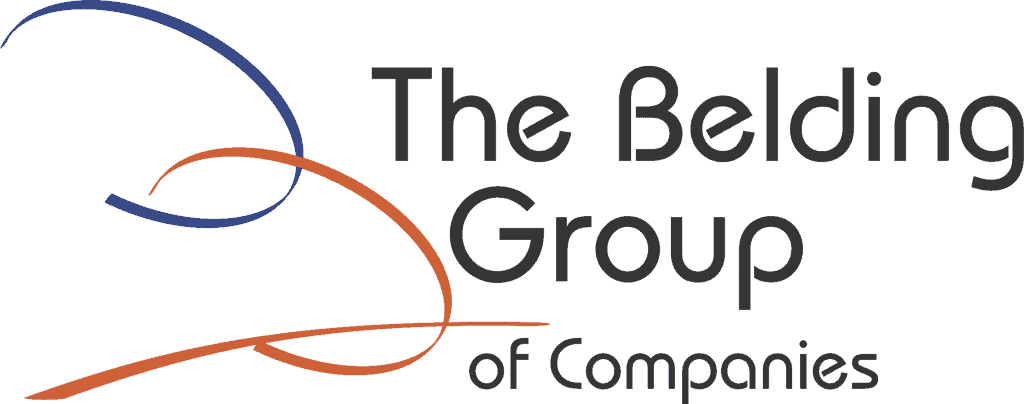
Want To Create Outstanding Customer Experiences? Fix This First.
PART 2 IN A 3-PART SERIES. See Part 1 here
There is a perfect storm right now that is having devastating effects on your efforts to provide outstanding experiences to your customers. It is the result of five colliding trends. One of most devastating trends is the dramatic onset emotional exhaustion in virtually every workplace. It effects employees’ customer service levels, abilities to learn, attention to detail, interpersonal relationships, productivity and overall motivation.
Ignoring Emotional Exhaustion in your workplace is a big mistake. Big. Huge.
Let’s first clear up three misconceptions about emotional exhaustion (also referred to as chronic stress, burnout, etc.)
- Your workplace isn’t immune
You’re not seeing obvious signs of emotional exhaustion in your workplace, which means it’s not there, right? Wrong. It means you don’t know what to look for. Here’s the assessment to see how you are being affected by emotional exhaustion. Get your people to take it too. It’s eye-opening.
- Emotional exhaustion is NOT being exaggerated
While a lot of things do tend to get exaggerated in the press, the impact of emotional exhaustion actually may be under-reported — particularly with people who work in healthcare. It’s very real, it is insidious and ignoring it comes with a heavy price tag in employee performance and turnover.
- It’s not going away soon
The world is gradually turning the corner on COVID-19, but the tidal wave of emotional exhaustion it created isn’t going to just magically disappear overnight.
You need an Adaptive-Resilient workplace
Emotional exhaustion, first identified by psychologist Hans Selye, is a condition created by a short-circuit in our internal fight-or-flight mechanism. Our brains, receiving near-constant low-level threat stimuli, (I.e.: Covid) get stuck in a continuous cycle of releasing adrenaline and cortisol, then trying to normalize.
Our workplace cultures just aren’t designed to address this. The leadership practices we embraced and championed up until just a year ago simply aren’t good enough right now. They were designed to improve engagement, collaboration and productivity, not to combat emotional exhaustion. Right now, leaders need to focus on building adaptive resilience.
Healthcare workplaces can’t wait - and neither should you
If you are a leader in the healthcare sector, the best time to start developing your team’s adaptive resilience was fifteen months ago. The second best time is now. If you are in any other occupation, the time is still now. I can guarantee that, if you do it right you begin seeing results almost immediately.
4 ways to start building adaptive resilience in your workplace
- Manage Your Mood
An adaptive-resilient workplace begins, not surprisingly, with you.
If you’re in a manager/leadership position, your moods and your emotional intelligence play a critical role in the emotional balance of your workplace. In their research into Primal Leadership, Goleman, Boyatzis and McKee highlight the profound impact a leader’s upbeat mood can have on the workplace. That needs to be your starting point.
(If you’re not a manager, the same rule applies. Your moods still affect the people around you).
- Create certainty
The more certainty and predictability you can create in your workplace, the better. This starts with establishing predictable routines at work. Routines, even small ones, are effective ways to bring order from chaos.
One effective approach, for example, is to implement a highly-structured 6-minute huddle with your team first thing every morning. These huddles are valuable if you have a remote workforce, where employees may be struggling to separate home life from work life. They are critical in healthcare and other industries where employees often going flat-out without the opportunity to reflect on their successes.
- Enhance communication
Communication with your employees is, of course, critical. But it’s not just the volume, it’s the nature and quality of communication that is important. A 2015 study found that job-relevant communication and training, as well as positive relationship communication, were strong counters to emotional exhaustion in social workers. Brief check-ins are important.
- Maintain an effort-reward balance
Johannes Siegrist, Senior Professor of Work Stress Research at Duesseldorf University, identified high-effort/low-reward work conditions as being a significant cause of stress and negative health in the workplace. Her research shows that stress increases when people perceive that the physical and mental effort being asked of them is greater than the reward they are receiving.
You, and your organization in general, need to make sure that every employee has no doubt about how much their efforts and commitment are valued. A big part of this means listening to their thoughts and ideas, and giving them an opportunity to contribute.
“Leading a team is like managing a garden. The better you care for it, the healthier it becomes.”
Shaun Belding “The Journey to WOW”








